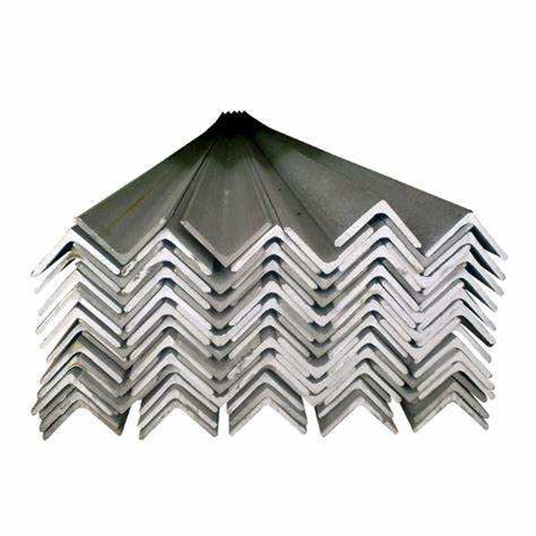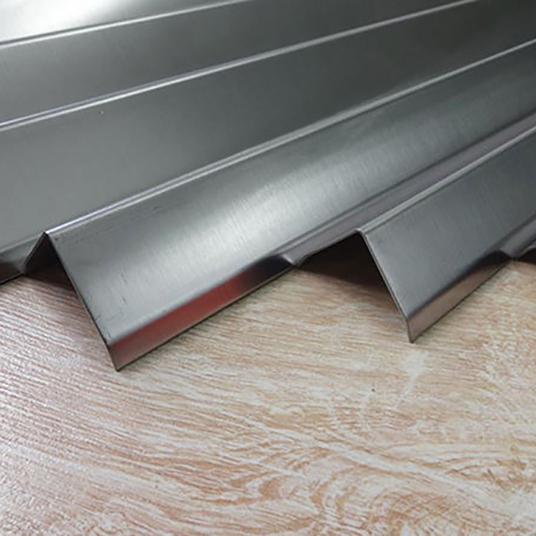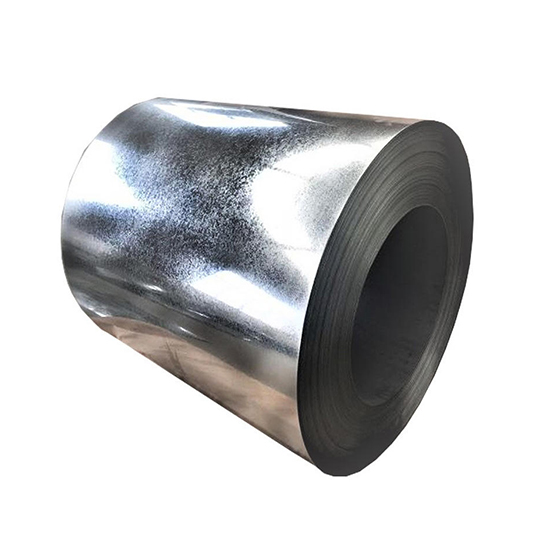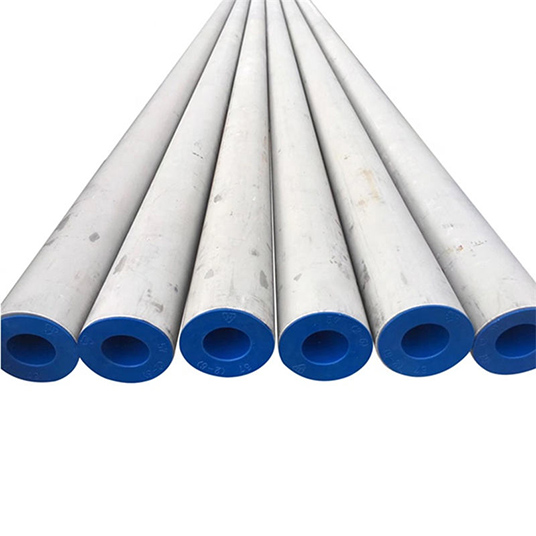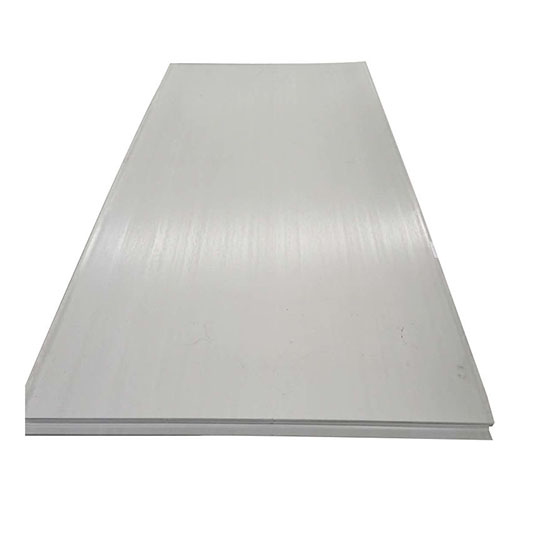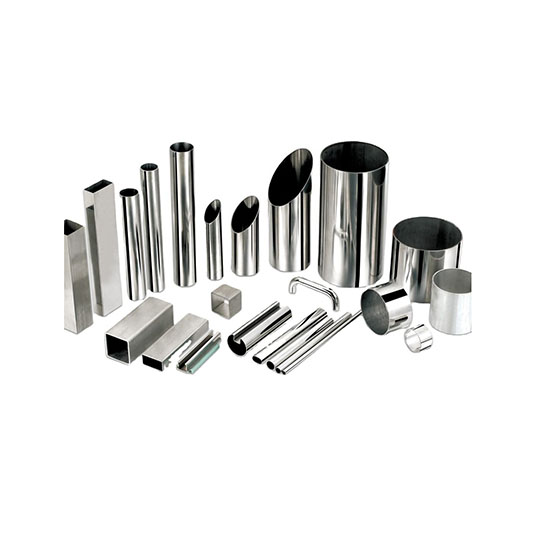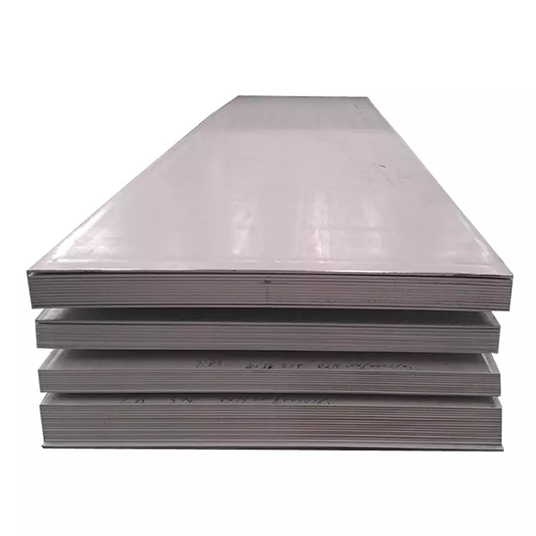Application: metal structures, Architectural applications, Food industry, chemical and oil industry, pharmaceutical industry, nuclear industry, Naval industry, non-magnetic constructions, cryogenic service, high temperature service application Steel type: 304, 316 304L 316L 2205 904L 310S 201 etc.
The stainless steel angle can be composed of different force members according to the different structure needs,and also can be used as the connecting parts between the components. Widely used in a variety of structural and engineering structures, such as housing girders, bridges,transmission towers, lifting and conveying machinery, ships, industrial furnaces, reaction towers, container racks and warehouse shelves.
Properties 316L stainless Steel
Adds Mo (2-3%), cold-rolled product appearance, good gloss, beautiful;
The addition of Mo, corrosion resistance, especially resistance to pitting corrosion;
Excellent high temperature strength
Excellent hardening (after processing weakly magnetic)
Solid solution state non-magnetic;
Relative to 304 stainless steel, it has higher prices.(10 Ni)
Date Compare with other grade
Welding
Excellent weld ability by all standard fusion and resistance methods, both with and without filler metals. Heavy welded sections in Grade 316 require post-weld annealing for maximum corrosion resistance. This is not required for 316L.
316L stainless steel is not generally weldable using oxyacetylene welding methods.
Machining
316L stainless steel tends to work harden if machined too quickly. For this reason low speeds and constant feed rates are recommended.
316L stainless steel is also easier to machine compared to 316 stainless steel due its lower carbon content.
Hot and Cold Working
316L stainless steel can be hot worked using most common hot working techniques. Optimal hot working temperatures should be in the range 1150-1260°C, and certainly should not be less than 930°C. Post work annealing should be carried out to induce maximum corrosion resistance.
Most common cold working operations such as shearing, drawing and stamping can be performed on 316L stainless steel. Post work annealing should be carried out to remove internal stresses.
Hardening and Work Hardening
316L stainless steel does not harden in response to heat treatments. It can be hardened by cold working, which can also result in increased strength.
316L is suitable for mixing equipment, chemicals, fuels, papermaking, oxalic acid, waste production equipment, photography, food industry, coastal facilities., ect.
Our cold rolled coil and sheet are a very popular choice for applications from consumer goods and prestigious building to corrosion,resistantfor the process industry.
Hot rolled coil and sheet are used in application such as the production of process plant equipment and a host of other application.
Why choose us?
Step 1 Interlaving paper and pvc just for cold rolled ss
Step 2 Waterproof paper
Step 3 black Steel Strip fixed on each corner
Step 4 1-2 tons on a wooden pallet
Step 5 25 tons in 20 GP’
Your special requirements of package will be welcome.:)

